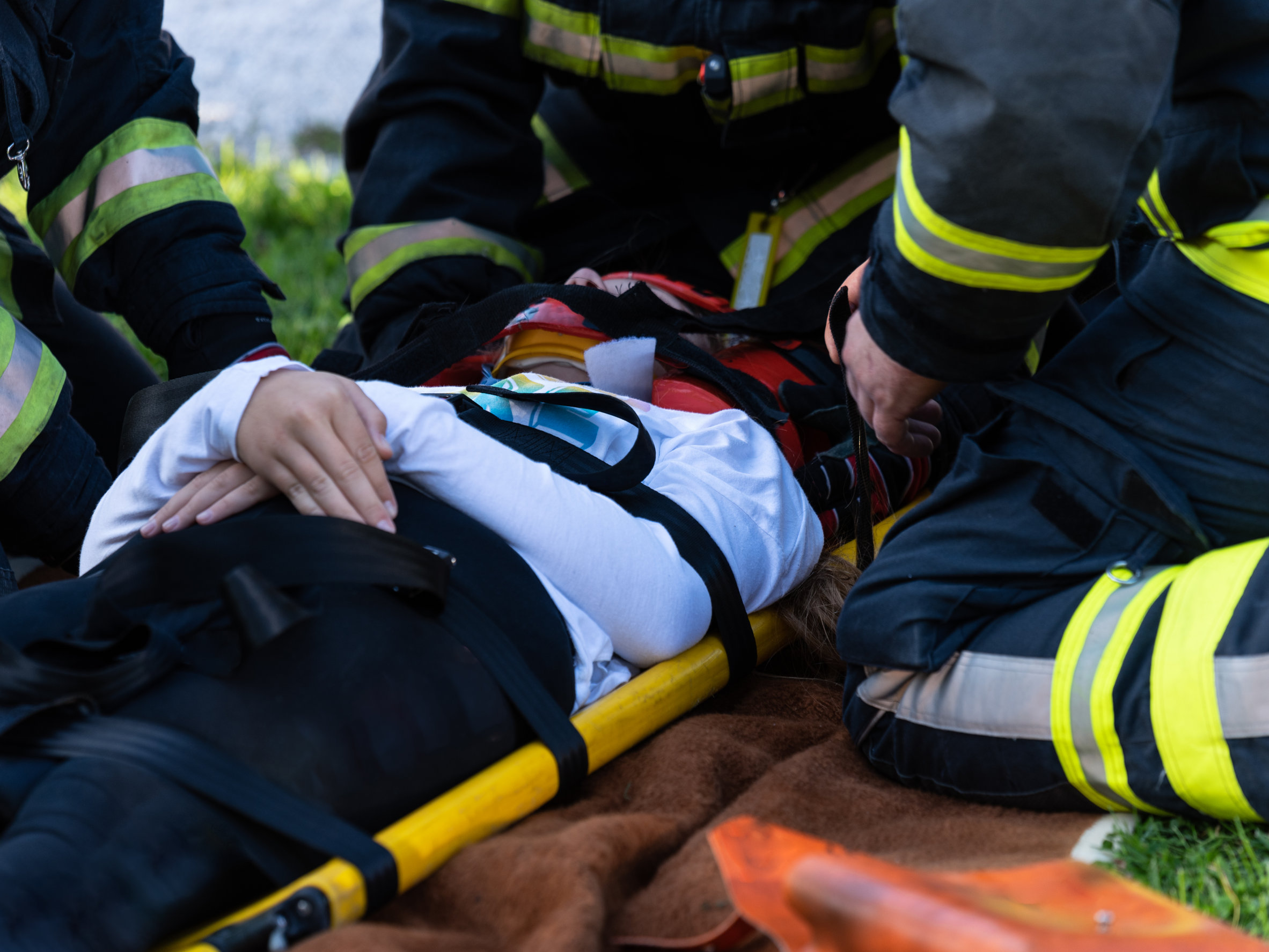
Maintenance, Practice and Preparing for Different Patient Scenarios
There are many unpredictable outcomes that can occur during airway suctioning, so it’s important to practice with a range of different products, techniques and practice codes when conducting trainings with your team. Using training equipment that allows for realistic simulations of emergency suctioning scenarios will arm your team with the strategy necessary to perform treatment steps effectively and accurately in various high-stress situations.
Equipment, Packaging and Maintenance
It’s vital that your team familiarize themselves with different equipment types in training, as equipment failure is among the leading causes of suctioning failure. Also, remaining knowledgeable about clinical indicators of suctioning needs is critical for preventing injuries and death. The best way to condition yourself to recognize these indicators is to practice suctioning as frequently as possible and incorporate it into your team’s daily training routine.
One way to ensure that you’re prepared for any suctioning scenario is to keep a small unit in your trauma or tactical kit that it’s always on hand. Additionally, packaging the suction unit with other advanced life-support gear is important in case your primary suctioning equipment fails during treatment.
It’s also essential that you regularly examine the condition and functionality of your equipment to prevent unforeseen failures during treatment. Some best practices for your equipment maintenance checklist include keeping batteries in a charged state and always having replacement batteries on hand, following manufacturer guidelines for routine maintenance, turning on and testing your suction unit at the beginning of each shift and ensuring access to backup units in case a mass casualty scenario occurs.
Portable Suction Pumps
Medical personnel must be trained on a range of cardiac arrest scenarios, and the use of a portable suction pump will assist your team during certain advanced cardiac life-support emergencies, including clearing the airway of blood, mucus and vomit, visualizing cords during intubation and removing traumatic debris like clots, teeth and tissues. Suction training should be fully inclusive, and this involves familiarizing yourself with the ins and outs of different equipment, in addition to understanding cardiology, drug therapy and treatment procedures.
The portable suction pump is also a reliable tool when implementing realistic practice codes, which enable paramedics to verbalize treatment steps and simulate the applications they would employ in patient scenarios.
The ‘Airway Larry’ Trainer Head
Among the most useful pieces of training equipment is Nasco Healthcare’s “Airway Larry” Airway Management Trainer Head. This product functions as a realistic simulator for the training of intubation and other airway management skills. Since the model is anatomically correct in both size and detail, it allows paramedics to easily practice oral, digital and nasal intubation, as well as various suction techniques and proper cuff inflation.
The Airway Larry comes in several different sizes, which is important for paramedics learning to practice suctioning on a variety of patients, including adults, children, infants and neonates.
Another major advantage to training with this product is its simple and efficient assembly. Once it is removed from the carton and packaging material, it is ready to use as a standalone trainer or be attached to a torso or manikin, depending on the training environment and patient simulation.
Training Takeaways
As you can see, there are many factors that go into maintaining and operating suction training equipment. Having the right equipment at your disposal will ensure that your training simulations are completed accurately and effectively, without any equipment failures or added danger to your patients. To learn more about training tips and equipment, check out Top 8 Medical Suction Training Tips for Your Paramedic Team.













